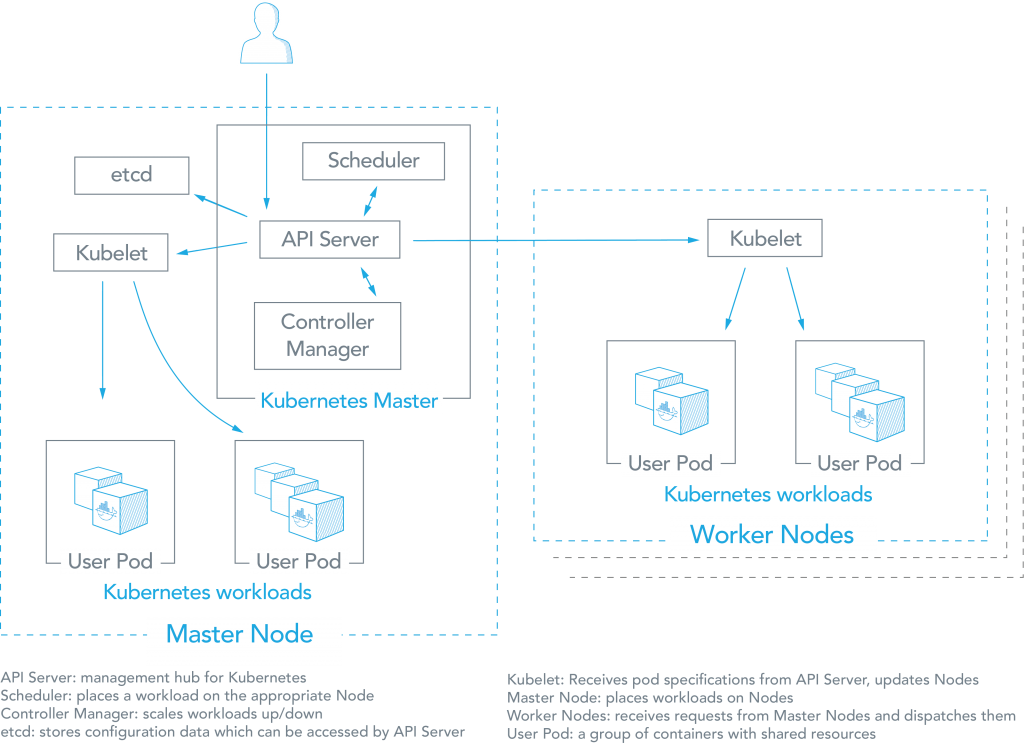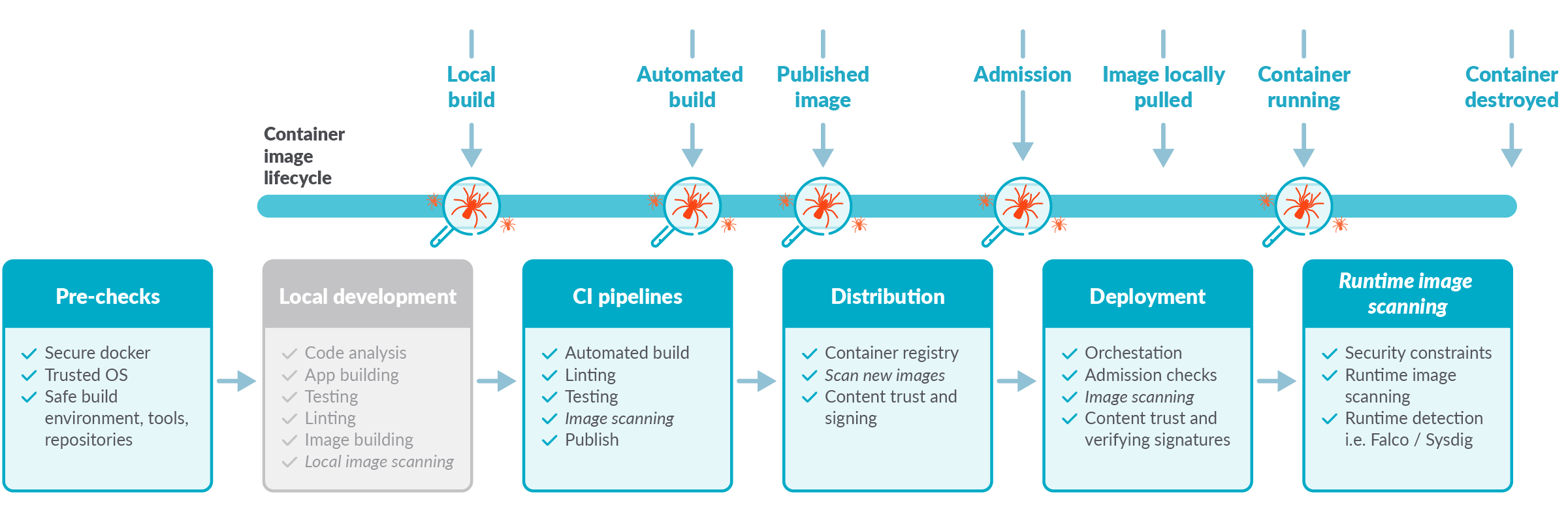

Where and how to persist application data Do not rely on the automatically-created latest tag. Or other information that is useful when deploying the application inĭifferent environments. Information, intended destination ( prod or test, for instance), stability, When building images, always tag them with useful tags which codify version Additional testing orĭebugging tooling can be added on top of the production image. Production image as the base image for the debug image. To keep your production image lean but allow for debugging, consider using the This means that yourĭerivative images use memory on the Docker host more efficiently and load more The common layers once, and they are cached. If you have multiple images with a lot in common, consider creating your ownĬomponents, and basing your unique images on that.
#DOCKER NETWORK BEST PRACTICES INSTALL#
RUN apt-get -y update & apt-get install -y python The first creates two layers in the image, while the second Shell’s mechanisms to combine them together. You can do this byĬonsolidating multiple commands into a single RUN line and using your Number of separate RUN commands in your Dockerfile. If you need to use a version of Docker that does not include multistageīuilds, try to reduce the number of layers in your image by minimizing the

The build, but only the artifacts and the environment needed to run them. This means that yourįinal image doesn’t include all of the libraries and dependencies pulled in by Location to deploy your app, all in the same Dockerfile. Reset to the tomcat image and copy the Java artifacts into the correct Instance, you can use the maven image to build your Java application, then Starting with a generic ubuntu image and installing openjdk as part of the For instance, if you need a JDK,Ĭonsider basing your image on the official openjdk image, rather than Memory when starting containers or services. Small images are faster to pull over the network and faster to load into If you have discovered something we should The following development patterns have proven to be helpful for peopleīuilding applications with Docker. Docker development best practices Estimated reading time:


 0 kommentar(er)
0 kommentar(er)
